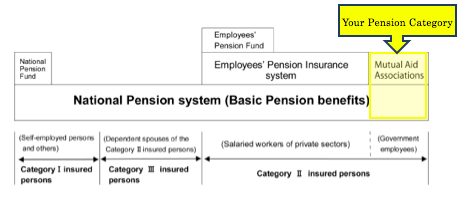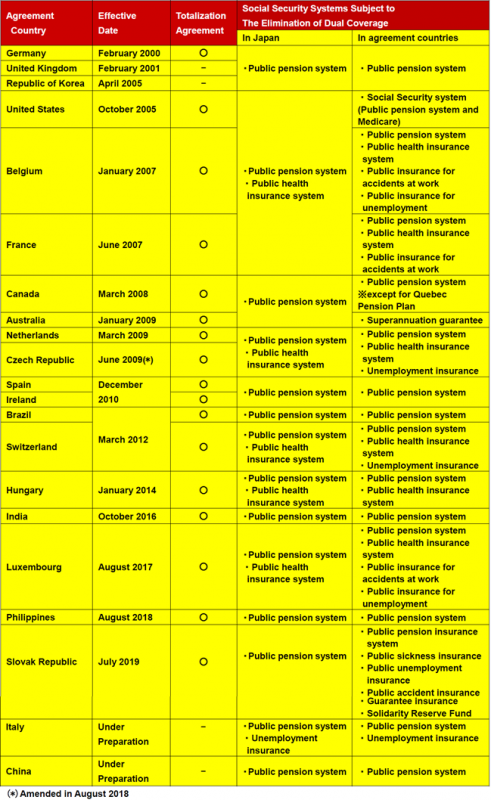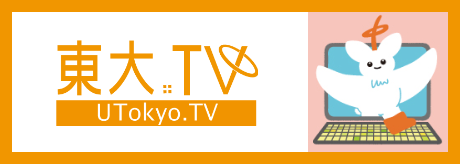Pension
Contact: personnel@tc.u-tokyo.ac.jp
Pension Plan www.monkakyosai.or.jp/en/long/index.html
The National Pension system is a basic public pension system which is designed to provide people with the common pension benefits. These benefits are called "Basic Pension (Kiso Nenkin 基礎年金)”.
You must be covered by some pension if you are younger than age 70, irrespective of your intention or nationality. Please note that a part time worker shall be covered if he/she is considered to be a regularly employed worker as the result of overall assessment of work arrangements and contents of work.
Your premium is automatically deducted from your monthly salary as "long-term premium", which is 9.9% (as of April, 2020) of your "standard monthly remuneration".
National Pension (“Kokumin Nenkin”国民年金)
If you are not applicable to enroll in the Kyosai Pension system, you must join the National Pension Insurance (“Kokumin Nenkin”). Your monthly premium is 16,540 JPY in Japanese fiscal year of 2020. You must make necessary arrangements at the city hall of your residence. Please consult Tokyo College office for details.
Old-age Employees’ Pension
Currently, the pensionable age for old-age pension is 60 but this age is being raised in stages. Your pensionable age is determined according to your date of birth.
In order to be eligible to receive Japanese old-age pension, you must have been enrolled in the Japanese pension plan for at least 10 years. However, if you have been enrolled in any foreign countries’ plans which have a Social Security Totalization Agreement with Japan (please refer the table below as of August 2018, but information on https://www.nenkin.go.jp/international/english/international/effectivedate.files/1.pdf prevail), you can sum up with the Japanese enrollment period.
Lump-sum Withdrawal Payments
If you are non-Japanese and you have short coverage periods under the National Pension system or the Employees' Pension Insurance system (Kyosai), you can apply for Lump-sum Withdrawal Payments. Please make sure you are no longer covered by these pension systems, you file the application for the payments within two years of leaving Japan.
Please refer for details of the payments on these sites.
Kyosai: www.monkakyosai.or.jp/en/long/04.html
Japan Pension Service: https://www.nenkin.go.jp/international/english/nationalpension/nationalpension.html
In order to be eligible to claim the Lump-Sum Withdrawal Payment, you have to be a non-resident in Japan. You have two ways to be a non-resident.
1. Leaving Japan after your term of employment at Tokyo College: You must return your resident card to an Immigration Department officer at the airport or port when you depart from Japan. Please be sure to have a departure stamp on your passport which will be needed to prove that you certainly left Japan.
2. Leaving Japan with a re-entry permit (if you still have eligible visa status and valid date left): You must submit an “address change report” to the local city office to change your address to a location abroad.
Last updated : October 02, 2020







